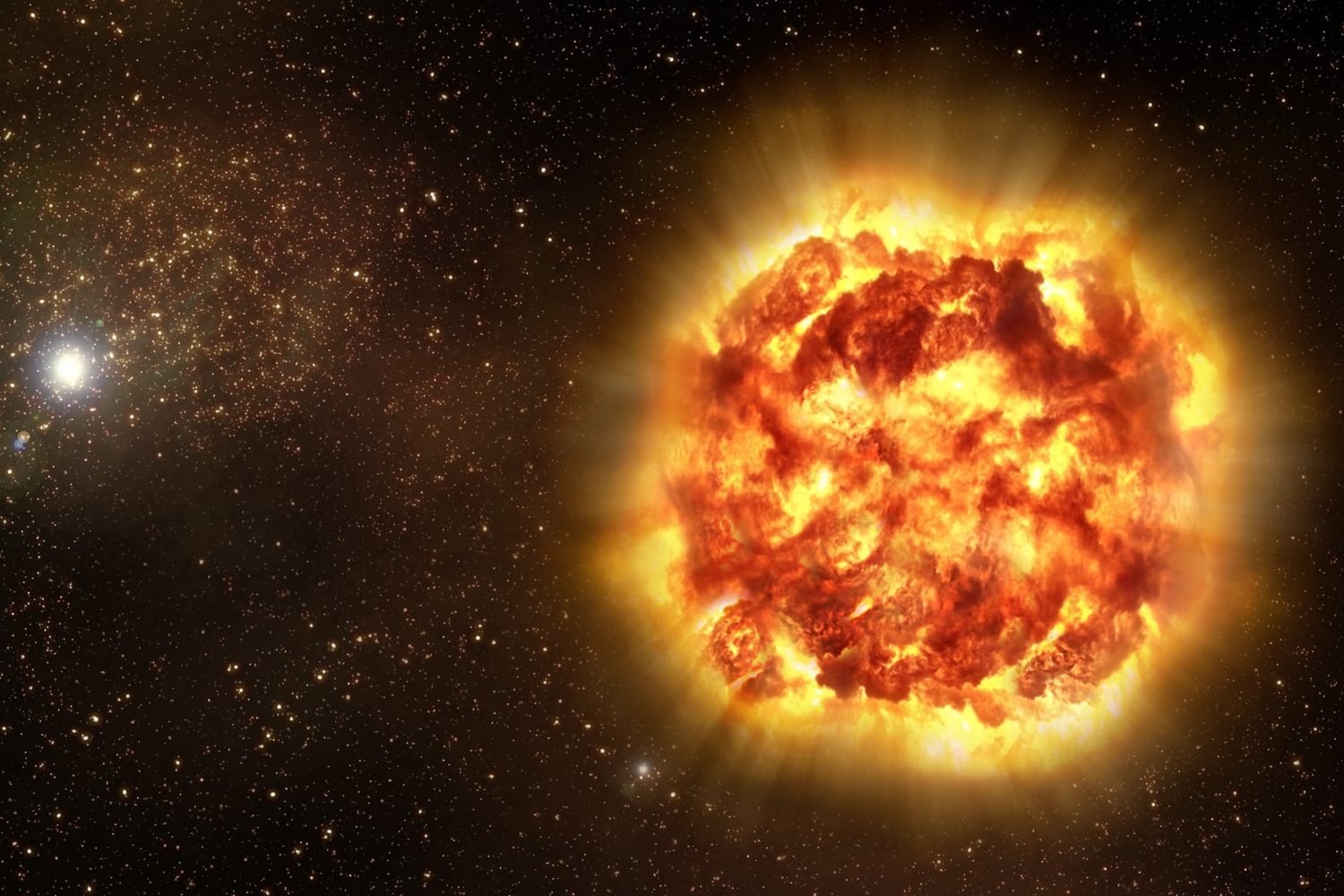In 1980, Paul Samuelson predicted constant growth for the Soviet economy and even raised the possibility that it would surpass the United States. The USSR’s future looked bright and prosperous. However, by 1991, such projections faded into history books when the Soviet Union collapsed. The consequences of the collapse had profound influence on the world, yet few experts saw it coming.

To this day, international relations theories define, explain and rationalize, but only after the fact. They seem completely unable to predict.
Hans Schattle, professor of political science at Yonsei University, says, “I do not think that in the spring of 1989, the professor in my international relations class ever once threw out the possibility that the Soviet Union might not be around much longer. There was a lot of movement in Eastern Europe at that point. You look back, in 1989, the Hungarians were already clamoring for multiparty elections. They were on their way to having them.”
When asked about political scientists’ general aversion towards predictions, Schattle answered, “Social scientists are trained to analyze the past more so than analyze the future. Whether you are collecting data that is from the past or just the snapshot of present public opinion; we generally try not to make predictions about the future. We just look at what is happening in the present and past and try to apply it to the future. Of course there is great value in thinking about the lessons of history, but when it comes to anticipating big changes, maybe that is where we often go wrong.”
In 2010, the economist and trader Nassim Taleb wrote the book, “The Black Swan” discussing such unforeseen events. The name of the theory comes from a time when black swans were considered entirely fictional. In Taleb’s view, almost every significant event in history could not have been predicted. He gives an example of a captain who never had any previous accidents at sea and therefore concludes that his experience protects him from danger, but then his ship sinks and he dies. As the world becomes more and more interconnected, the amount of unpredictability rises as the randomness is magnified. According to the author, “the unknown unknowns” are the core of human history, but people refuse to acknowledge them, instead relying on post-rationalization to claim that there are rational causal mechanisms to everything.
Taleb’s suggestion of intrinsic unpredictability and randomness is enough to make any political scientist seriously depressed. There is, however, another approach that has been slowly developing both in the Soviet Union (now Russia) and the US since 1970s – the complex system science. When laws and logic of modern physics are applied to social sciences, remarkable insights emerge that can help us change the way we analyze the past, forecast future, and view order,disorder and communication processes.
Professor Neil Johnson at the University of Miami in his book “Simply Complexity” defines complexity science as “the study of phenomena which emerge from a collection of interaction objects.” This is a physicist’s way of describing a method with uses as diverse as forecasting financial markets, tackling trafficking networks, finding the perfect partner,combating illnesses such as flu and cancer, and even figuring out the causes of war, terrorism and development issues.
The causes of war are one of the favorite topics of international relations analysis. There is plenty of research explaining and rationalizing the causes of conflicts. “But if wars are just another example of collections of humans competing for limited resource – as in the traffic, bar, or markets – then they are also examples of Complexity in nature,” writes Johnson. He contrasts the wars in the past that used to be pretty symmetric – two sides with similar weapons with the similar sized armies – with imperial colonial and then modern history, where asymmetries grew over time within multi parties war.
Even disregarding all the mathematics, international relations scholars can still appreciate the fundamental lesson of Johnson’s work: there is a mathematical law of war – “power law” meaning that when plotted on a log-log scale, “the number of wars with a total of N casualties against the number of casualties N is a straight line.” The mathematical law of war is closely connected to the universal pattern of life, which postulates that complex systems function between order and disorder and tend to produce certain types of fractal patterns. The same applies to wars, yielding two conclusions. First, the most frequent size of the war will be the one with the fewest casualties. Second, despite this, the wars of unimaginable level of destruction will occur. Surprisingly, terrorist attacks show the same pattern of power law as wars.
Considering that wars are made up of smaller clashes, can these “wars within wars” have the similar patterns that emerge when the war as a whole is analyzed? The answer is yes, proven by a group of physicists from Oxford University, University of London, Universidad de los Andes and Conflict Analysis Resource Center in Bogota. How the modern asymmetric war unfolds has very little to do with geography or ideology and is mostly based on “the day-to-day mechanism of human insurgency”. Both modern warfare and terrorism are “effectively identical in terms of how they are operating.”
The Soviet Union disintegration mystery is yet to be analyzed from the complex systems theory perspective, but based on the theoretic stipulation that every system, including our universe, leans toward disorder – the effect known as entropy – the outcome does not seem surprising, but the timing does. To tackle such complicated problems the field needs more creative thinking and interdisciplinary approach. As the complex system science becomes more and more established in other areas of research, it is time it can be applied relatively safely to the international relations analysis.
System approach shows promising results when it comes to forecasting, but any transfer of knowledge from one field to another should not be used blindly. However, non-linearity, asymmetry and mathematical tools for analysis might bring some relief to the constant search of IR scholars of some certainty in their research.






